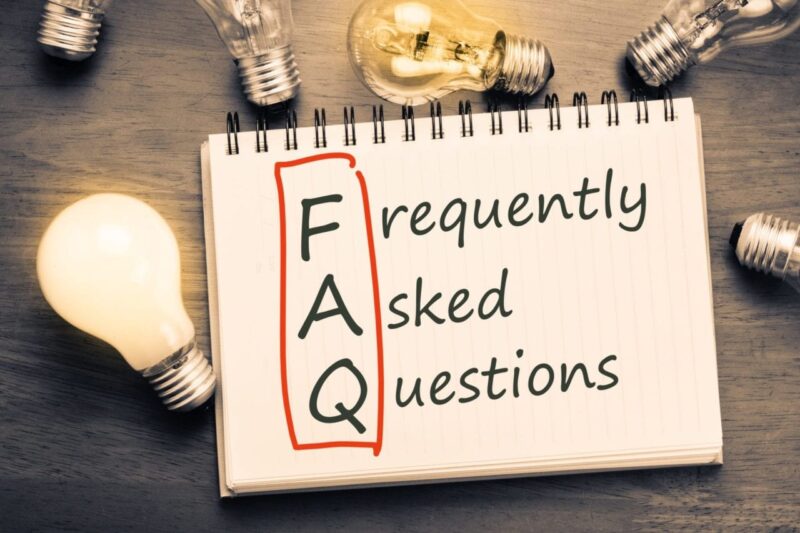This compares with £26.9 billion in the four weeks of August 2013 and £32.9 billion in the five weeks of September 2012, equating to an average weekly spend of £6.8 billion in September 2013, £6.7 billion in August 2013 and £6.6 billion in September 2012.
So how do we as consumers contribute to the latest spending figures? In September 2013, for every pound we spent in the retail industry:
- 42 pence was spent in food stores, for example supermarkets, specialist food stores and on sales of alcoholic drinks and tobacco.
- 41 pence went to non-food stores, including department stores, textiles, clothing & footwear and on household goods.
- 6 pence was in non-store retailing, for example internet, mail order and catalogues, and market stalls.
- 11 pence was spent in petrol stations or stores selling automotive fuel.
Average weekly spending via the internet in September 2013 reached £615 million, an increase of 19.1% compared with September 2012, meaning that internet spend now accounts for 10.2% of all retail spending, excluding automotive fuel.
In line with recent periods, more (66.5%) was spent online in the non-food store retailing sector than any other sector. In the food sector only 3.4% of spending was online – the lowest proportion of online spending in relation to total spending.
The volume of sales at food stores has been relatively flat, with occasional spikes in individual months due to one-off factors such as the heat-waves in June/July 2006 and July 2013.
However, due to rising prices, the value of sales in food stores has increased rapidly, particularly during 2008 and since 2010. Increases in the price of staple crops such as wheat have been the main driver of inflation in food stores, with our 42p in the pound spend, clearly now buying us less. In non-food stores, prices have broadly increased slowly since 2008 but the increases still mean that like our food buying, our 41p in the pound spend on non-food items now also buys us less.
Looking at the sales of particular commodities, the sales of food, drink and tobacco by value have consistently increased year-on-year. However, household goods sales fell sharply during 2008 and again in 2011, before returning to growth. Much of this reflects food price inflation; as food is a necessity, rising food prices have not led to a substantial decrease in sales at food stores. Instead, more money has to be spent on food, reducing the disposable income available for discretionary non-food purchases. Household goods sales are particularly vulnerable to low consumer confidence, as they typically represent large purchases, and the decreases in 2008 and 2011 coincided with troughs in consumer confidence.
Sources: www.ons.gov.uk



